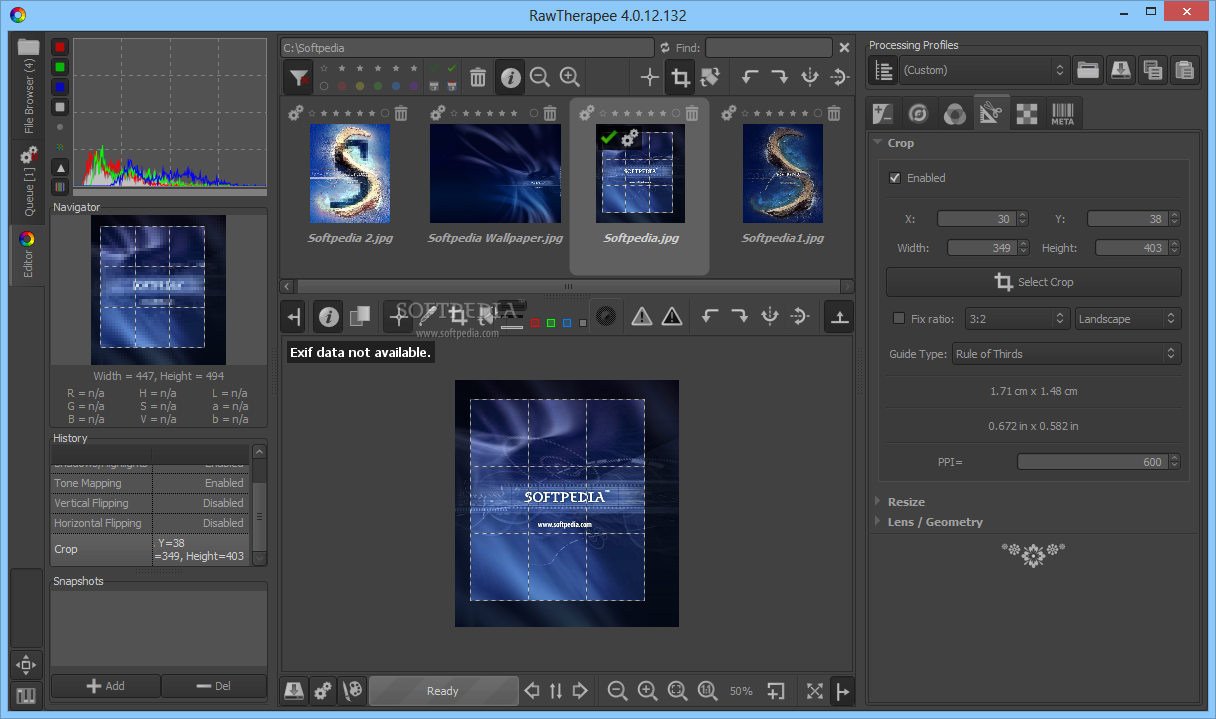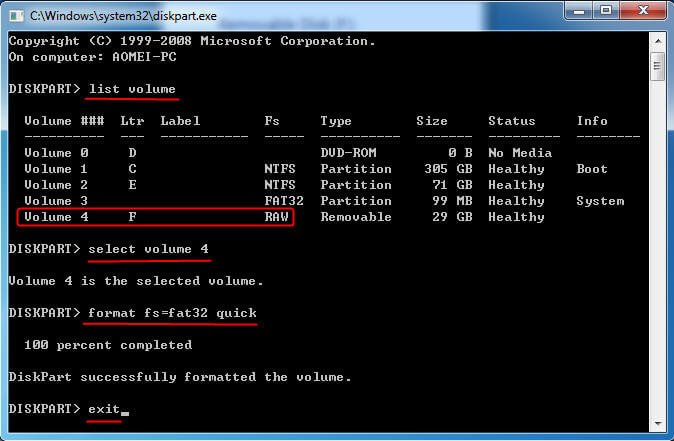
The abundant amount of data available in a RAW file means that you can improve the detail in the images. White Balance Using The Eye Dropper Tool In Lightroom – Photo by Oscar J Harper You Can Extract Finer Details

#Raw photo processor file size software#
More simply, you can use the WB eyedropper tool to select a pixel on the image that should look white and the software will correct the whole image to a natural-looking scene. And Tint Sliders In Lightroom – Photo by Oscar J Harper It’s just a matter of adjusting the WB sliders. This can easily be carried out in RAW editors like Adobe “Lightroom” or “Photoshop Camera Raw”. This is because there is such a massive colour tone range within the pixels that there is room for manipulation of the overall colour cast. This could be disastrous but if you have shot your images in RAW it is relatively easy to recover the image and get a nice neutral white with the other colours shifting in the correct directions to create a well colour-balanced photograph. If the camera or you get the white balance wrong in the setup, you may end up with an unwanted colour cast in your images. White Balance in RAW File is Easy to Correctĭifferent types of light sources have different colour temperatures, ranging from the warm oranges through to the cooler blues between 1,000 and 10,000 Kelvins.

The transformations possible in post-processing can be remarkable with RAW files. The massive range of tones that are available means that “Posterization” (the appearance of abrupt steps in shaded graduation areas) is eliminated or minimised. You get to make the decisions that the camera would normally make but you can make them more precisely and with more time and creative flair. You can alter the exposure to produce a more balanced, visible, high dynamic range image. You have the power to recover details and colours that appeared lost in the high contrast areas of the image with little reduction in image quality. This software is capable of reading the huge amounts of data and using the controls you can vastly improve the appearance of the darkest shadows and the brightest highlights. You can open the RAW files in special software, like “Lightroom” or “Photoshop Camera Raw”, that can read the files. All of this information, this raw, unprocessed data is available to you to work with. It records these faint details because of the massive availability of billions of colour tones. The RAW file format records everything that the sensor sees including all the details that may be indistinct in the darkest shadows and brightest highlights. Advantages of Using Raw Files in Photography None of The Image Data is Lost RAW files are usually 12 to 14 bit resolution and can, therefore, record 4096 tonal values which is a massive range of over 68 billion different colours over the three colour channels. When this is combined with the three colour channels it means they can store over 16 million colours. Jpegs are usually 8 bit resolution which means they can store 256 variations of tone or colour. This makes then very cumbersome and they can soon fill up the storage especially if you are shooting bursts of images. Sometimes they are up to 2 to 6 times larger than a Jpeg file. RAW files are very large compared to Jpeg because they have not been processed or compressed at the time of storing on the memory card. Guide to RAW Files in Photography RAW File Size Compared to Jpeg Why should you use them in photography over the more convenient Jpeg? Keep reading to discover a detailed explanation of RAW files and how they compare to Jpegs. They have some great advantages and a few downsides.

RAW files are very large files being 2 – 6 times bigger than a Jpeg. Fine Details Can Be Revealed In The Shadows When Editing RAW Files In Adobe Lightroom The huge 12-14 bit resolution (68 Billion colours+) allows fine details and colours to be revealed in post-processing to create a very high dynamic range image. RAW files in photography record all of the data captured by a camera’s sensor without any compression and minimal processing. One produces compressed, edited useable and printable images, the other produces large, uncompressed, unedited, flat, dull-looking images. Your DSLR camera and some mirrorless cameras can record your images in two different formats Jpeg and RAW.


 0 kommentar(er)
0 kommentar(er)
